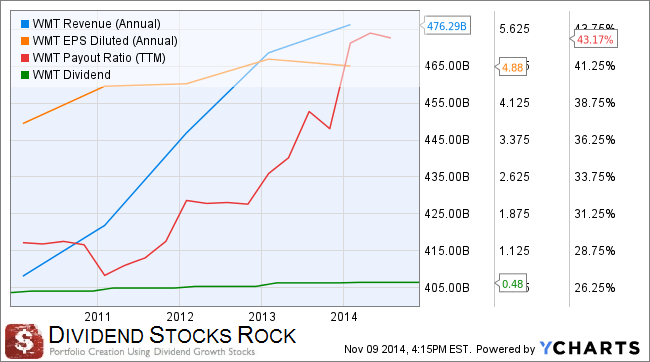Should I invest in dividend stocks
Post on: 11 Июль, 2015 No Comment

videos
Q: I have been looking to invest my extra cash from SDA since last year. My bank offered me to put it in a long-term retail bond, but the net returns are so low that I am thinking of buying stocks instead. But then, I am afraid that I may just lose my money because the market is not so good. I am confused. Can you help me? – Roque Paragua by e-mail
A: With the threats of rising inflation and interest rates looming on the horizon, locking all your extra cash away in retail bonds and other fixed-income instruments at this time may not be a good idea.
Interest rates have been declining the past few years and hitting rock-bottom levels that, sooner or later, there will be no other way to go but up. One sign interest rate may rise soon is the accelerating inflation, which rose to a two-year high of 4.1 percent last month from a low of 2.1 percent in August last year.
When there is too much money circulating in the system and prices continue to increase as a result of higher consumer demand, interest rates will have to go up to siphon off excess liquidity. Once interest rates start to move up, bond prices will begin to fall. If you have just bought retail bonds recently, chances are, you will not be able to sell it at profit before maturity because its value may go below par. If your bond pays you 3.5 percent net per year and inflation is now at 4.1 percent, you would be losing 0.6 percent in real terms.
While many people invest in the stock market primarily to make money from capital appreciation, you must not forget that stocks also offer good alternative investment for generating regular income, just like interest income provided by your favorite money market funds.
If you are looking to park your extra cash in a 5-year or 10-year retail bonds that pays coupon rate of 3 percent to 5 percent annually, you may consider investing in stocks that pay better than bonds in the form of dividends.
Recent fall in share prices have resulted in a number of attractive stocks that offer high dividend yields in the range of 5 percent to 7 percent per annum. Because dividend payments are always in the form of fixed amount per share, the lower the share price gets, the higher the dividend yield.
With the uncertainties in the global economy, the prospect of further weakness in the stock market may be a blessing in disguise. As share prices fall, you can buy more stocks that regularly pay dividends at much higher yields. This is not to mention that, while you accumulate stocks at low prices, you also have great upside potential in capital appreciation when the market eventually recovers in the future.
Not all listed companies in the stock exchange pay dividends. Some companies don’t make money so they don’t pay dividends. Some companies do very well but they don’t give dividends because they need money for expansion. Some pay dividends once in a while and some pay very small dividends. If you are going to invest in dividend paying stocks, you need to do your homework.
Because there is no way for you to expect that a company that paid fat dividends last year would pay again this year with the same amount, you need to know how a company pays its dividends. Does it pay every year? How often does it pay in a year? Can it afford to pay this year? How much of its annual earnings is paid out as dividends every year?
The key in finding good dividend stock is reliability. One example is PLDT. This stock has been paying cash dividends consistently for the past 10 years and its average payout ratio for the past five years has been 100 percent, which means that it distributes all its income every year to shareholders. This 100 percent payout ratio is more than what the company is committed to pay based on its current dividend policy of 70 percent.
Last year, the company declared total cash dividend of P175 a share, 1.7 percent higher than the previous year. At this amount, the current dividend yield of stock stands at 6.4 percent a year. At the beginning of this year when the stock was trading at P2,608, the dividend yield was at 6.7 percent.
Note that when you earn interest income, you are charged with 20 percent final tax. For example, if the interest is 3.5 percent, you may get a net rate of 2.8 percent. But when you earn dividend income, you will be charged with 10 percent final tax. So, in this case, if your yield is 6.4 percent, your net rate will be 5.7 percent. Good deal?
Just like an ordinary fixed income instrument, the stock pays dividends twice a year, in March and in August. By the way, you can start buying some shares now as the next dividend payment is just less than two months away. Any price is good entry level. Imagine if you buy the stock even at P3,500, you will still get dividend yield of 5 percent, still better than inflation.
So don’t worry if the market is not so good, you can still earn better than in the money market. Never mind if the stock falls during a bad market. This should be a good opportunity for you to get it at higher yield.
(Henry Ong is a registered financial planner of RFP Philippines. To learn more about financial planning, attend our FREE personal finance talk on Jan 30, 7pm at PSE Ortigas. To reserve, e-mail at info@rfp.ph or text














